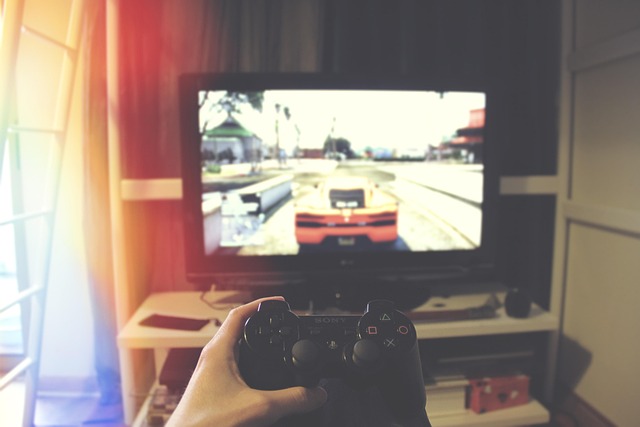Character modeling is an essential component of game development, playing a pivotal role in bringing virtual worlds and their inhabitants to life. For aspiring developers and those involved in the esports scene, mastering this aspect of game design can vastly enhance your understanding of game aesthetics and functionality. As gamers, we often immerse ourselves in the richly detailed worlds created by skilled artists and developers, and character modeling stands as a testament to this creativity.
In the realm of gaming, characters are not just avatars; they are the embodiment of the player’s journey, personalities, and emotional connections. The process of character modeling begins with an idea—conceiving a character that resonates with players and enhances gameplay. Developers need to think critically about what makes a character appealing, from their visual design to their biomechanical movement, ensuring they are not only captivating but also functional within the game’s ecosystem.
For eSports, where every millisecond counts, character modeling can significantly influence gameplay dynamics. The design choices made during character modeling impact everything from movement speed to visual recognition in chaotic matches. If you consider top-tier games like “Overwatch,” it’s evident how character diversity can cater to various play styles while maintaining balance. The characters must be easily identifiable to ensure players can engage in tactical decisions swiftly, underscoring why careful attention is paid to character design and modeling.
Moving beyond aesthetics, character modeling also extends into functionality. Rigging and animation give life to characters, transforming static models into dynamic beings that respond to player input. A well-rigged character can articulate emotions and motions authentically, creating a more immersive experience. This authenticity is critical in creating a strong attachment to the characters, especially in narratives-driven games and eSports titles where players often find themselves emotionally invested in their performances and those of their avatars.
Furthermore, the rise of virtual reality (VR) and augmented reality (AR) adds another layer of complexity to character modeling. Developers must now consider how characters interact with real environments and how players perceive them. This can lead to new challenges in ensuring that character proportions and movements remain realistic in a 3D space. As VR and AR continue to evolve, character modeling will certainly adapt, pushing the boundaries of creativity and technical skill in game development.
In conclusion, character modeling is more than just creating figures; it’s about crafting experiences that resonate with players on multiple levels—emotionally, visually, and interactively. For anyone passionate about the world of gaming and eSports, investing time and effort into mastering character modeling can provide a significant advantage in both understanding and contributing to the dynamic landscape of game development. Embrace the artistic journey, and unleash your potential within this vibrant and ever-evolving industry.




